
Payrolls rose by a healthy amount in June following a robust gain in May. While Q2 payroll additions were slower on average than in Q1 and in 2023, hiring remains vigorous. Of course, a handful of industries are driving the largest gains, but few companies are letting go of workers and are still choosing to retain talent as labor supply remains constrained. Consequently, wages remained elevated and a continued threat to consumer inflation. The unemployment rate ticked up to 4.1 percent in June as we expected at this point in 2024 but remains near historical lows. The jobless rate is likely to stay subdued going forward and below the natural rate of 4.4 percent, again because companies are holding onto workers. An aging workforce is constraining growth in labor force participation, which ticked up only modestly in June. Meanwhile, the average number of hours worked held steady in June and was roughly on par with levels experienced right before the 2020 pandemic. This is a sign that there is no material stress building up in the labor market. Trusted Insights for What’s Ahead® Figure 1. Nonfarm payrolls gains shifted down to new range, but still elevated From the Establishment Survey, nonfarm payrolls rose by a healthy 206,000 in June, after a downwardly revised 218,000-gain in May. The usual suspects – government (+70,000) and healthcare and social assistance (82,400) – were the primary drivers of overall payroll additions in the month along with construction (+27,000). These sectors continue to hire and seem to have elevated demand for workers according to JOLTS data (Figure 2). Labor shortages, especially for jobs requiring in-person work, continue to keep job openings elevated compared to prepandemic levels (Figure 3). Figure 2. Number of job openings sizable for some industries Sources: Bureau of Labor Statistics and The Conference Board. Leisure and hospitality companies added 7,000 workers, and the number of additions has downshifted in 2024 as the sector has recouped most of the workers lost during the pandemic. Leisure and hospitality had previously ranked among the industries driving most of the monthly payroll additions over the January 2024 through March 2024 span. Job gains were reported across many other industries, including wholesale trade (+14,200), transportation and warehousing (+7,300), information (+6,000), financial services (+16,000), and other services (+16,000). There were some layoffs in manufacturing (-8,000), retail (-8,500), and professional and businesses services (-17,000). Professional and business services fell amid a 48,900 drop in temporary health services payrolls. Figure 3. JOLTS data continue to reveal excess demand for workers relative to supply The labor market is cooling but only moderately Payrolls data reveal that the US labor market cooled in Q2, after heady readings in 2023 and in the first few months of 2024, but only moderately. The average gain in payrolls over the April-June period was 177,000 after about 111,000 in downward revisions over the April through May span. The Q2 average number of payroll additions was lower than average gains of 251,000 in 2023 and 267,000 Q1 2004. Although Q2 hiring was slower than the prior 15 months, more than 100,000 average monthly payroll additions is quite strong. While GDP growth has slowed in the first half of 2024 as consumers pulled back on spending and housing activity remains weak, most people are still working. The US labor market is holding up because businesses are retaining workers. The “hoarding” largely reflects difficulty finding qualified workers in some industries as Baby Boomers retire and there are fewer younger experienced workers to replace them. Additionally, as the US economy is softening now, companies are disinclined to release workers, only to hire them back when economic conditions improve at higher wage rates. This is because companies remember the sting of wage spikes to draw workers back into the labor market during the pandemic recovery. Indeed, the hoarding behavior continues to depress demand for temporary help workers, which are down year-over-year (Figure 4). Figure 4. Demand for temporary workers remains low as companies continue to retain existing workers Average Weekly Hours worked signal no stress in the labor market The average number of hours worked were unchanged at 34.3 hours in June, matching the April and May readings (Figure 5). The number of hours worked is also within the range of reported just before the 2020 pandemic. This signals that companies are not reducing hours in the face of rising labor costs. Hours worked should be closely watched for any serious stress in the labor market. While most companies seem keen to hold onto workers, rising labor costs are straining bottom lines. Rather than layoffs, firms may choose to cut hours to protect their margins. This would be a clear signal that the labor market is under duress and that offering fewer hours to workers will ultimately lead to layoffs. Figure 5. The number of hours worked remained stable Average Hourly Earnings growth still elevated Average hourly earnings grew by 4.0 percent year-over-year in June matching the rates reported in April and May. The annual rate of growth was materially slower than 7.0 percent pace reported in March 2022, but still elevated compared to the average of 2.4 percent year-over-year between the 2008-09 Great Recession and the 2020 pandemic. Goods wage growth slowed to 4.9 percent year-over-year but remained well above the rates experienced before the pandemic (Figure 6). Good industry wages continue to rise aggressively in the mining, construction, and durable goods sectors. Services wage inflation slowed to 3.6 percent year-over-year, which was materially lower than the heady 6.1 percent growth rate reported in March 2022, but also higher than prepandemic levels. Sticky wages partly reflect the difficulty employers face in finding workers willing to engage in in-person work, some of which may be dangerous, unpleasant, and requiring interaction with the public. Moreover, in-person work lacks the flexibility offered by remote or hybrid jobs, a feature more workers are desiring postpandemic. High demand for workers in some sectors, which are being fueled by public policies supporting infrastructure building and reshoring factories, is also driving wages higher. Finally, retiring Baby Boomers are causing businesses to struggle with worker retention, prompting firms to bid up wages. Figure 6. Labor shortages and public policies are keeping wages elevated Unemployment rate ticked higher From the Household Survey, the unemployment rate edged up to 4.1 percent in June, compared to 4.0 percent in May and the 3.4 percent postpandemic low achieved in 2023 (Figure 7). The change in the unemployment rate in June reflected a 162,000 rise in the number of unemployed persons. Unemployment rates were higher for women, and across all racial/ethnic groups, especially among Asian, and Black and Hispanic persons 20 years and older. Jobless rate were lower for men. The unemployment rate is rising consistent with continued softening in general economic activity (i.e., real GDP growth). However, the unemployment rate may not rise much further and continue to signal a healthy labor market. This is because retirements are causing many companies to hoard workers, keeping the number of layoffs, and thereby unemployment levels, at a minimum. Baby Boomer retirements began in the early 2010’s and continue to mount as the cohort ages (Figure 8). Figure 7. Unemployment rate remains subdued Figure 8. Baby Boomer retirements keeping unemployment rates relatively low Labor Force Participation Rate capped by retirements The labor force participation rate ticked up to 62.6 percent in June from 62.5 percent in May. The change reflected an increase in the number of people either employed (+116,000) or actively looking for work (+162,000). The civilian labor force rose by 277,000. Nonetheless, the overall labor force participation rate remains well below the 63.3 percent rate in February 2020 just before the start of the 2020 pandemic. The labor force participation rate for workers aged 16 to 64 edged back up to 75.0 percent in June and was notably above the 74.4 percent rate reported in February 2020 (Figure 9). However, due to Baby Boomer retirements, the labor force participation rate for workers 65 and older at 19.5 percent in June remained well below the prepandemic level of 20.6 percent. The outflow of older workers may continue to weigh on overall labor force participation going forward absent changes in policy and corporate outreach to pull more people from the sidelines back into the labor market. Figure 9. Labor force participation capped by retirements
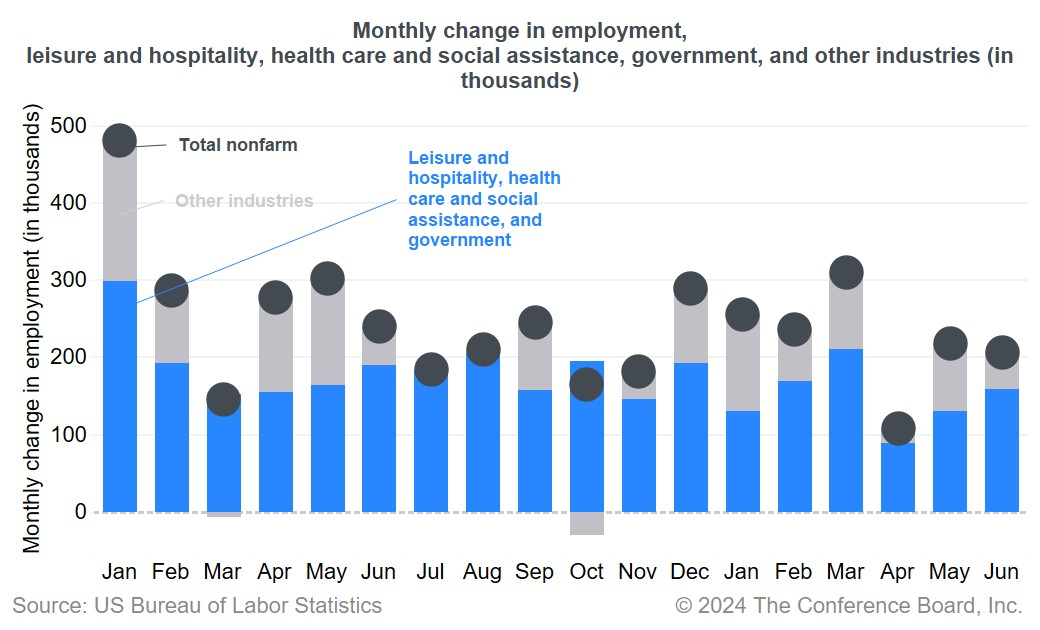
Report Highlights
Nonfarm Payrolls increase at a healthy clip in June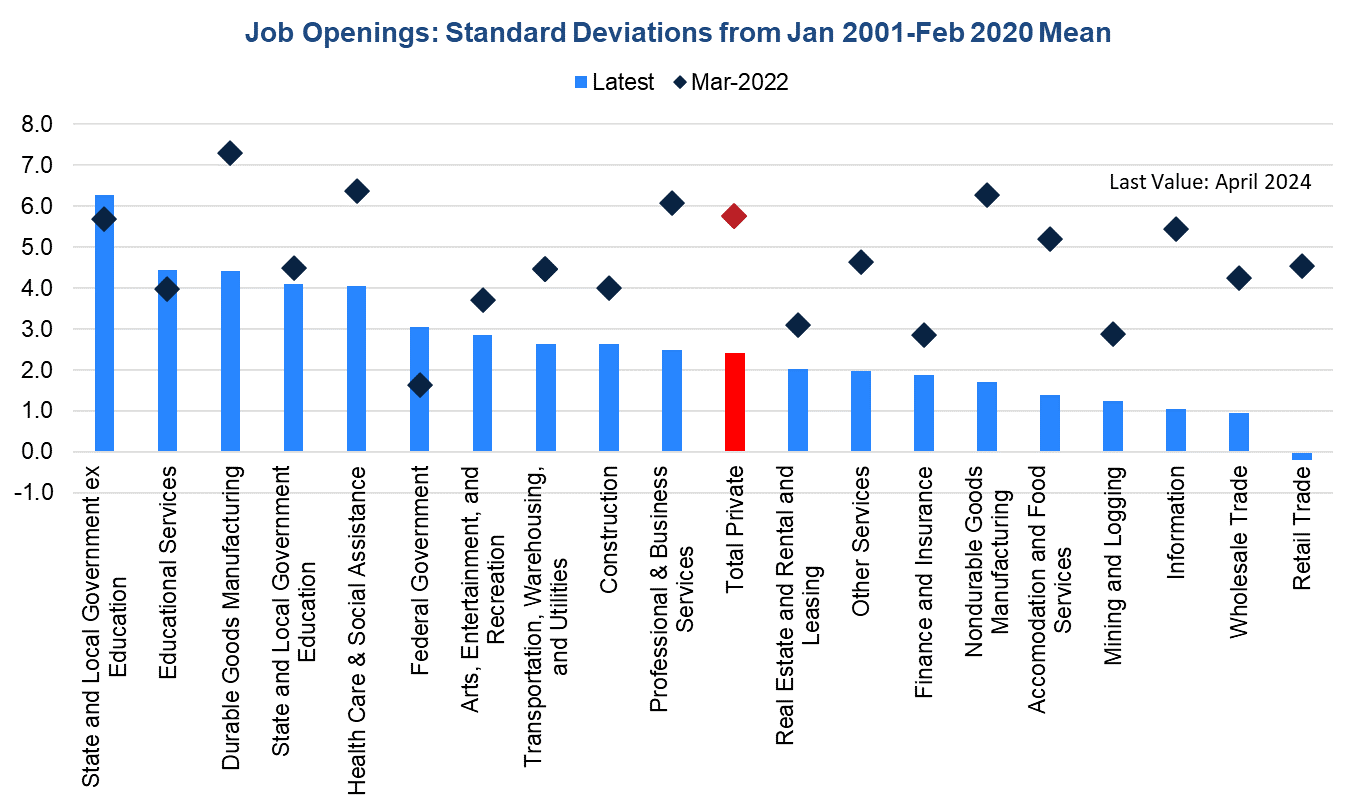
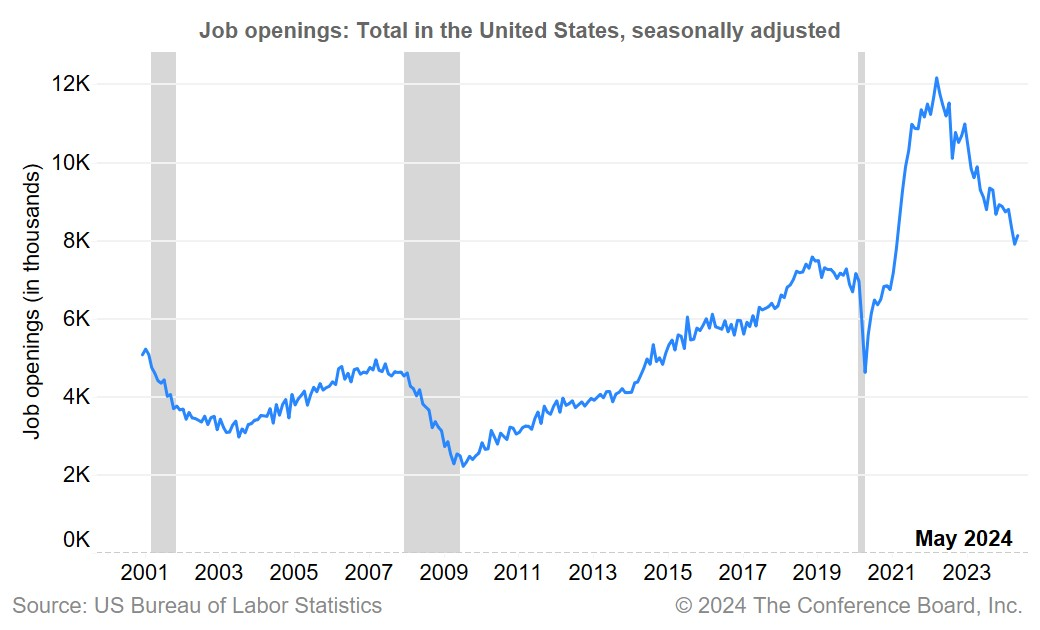
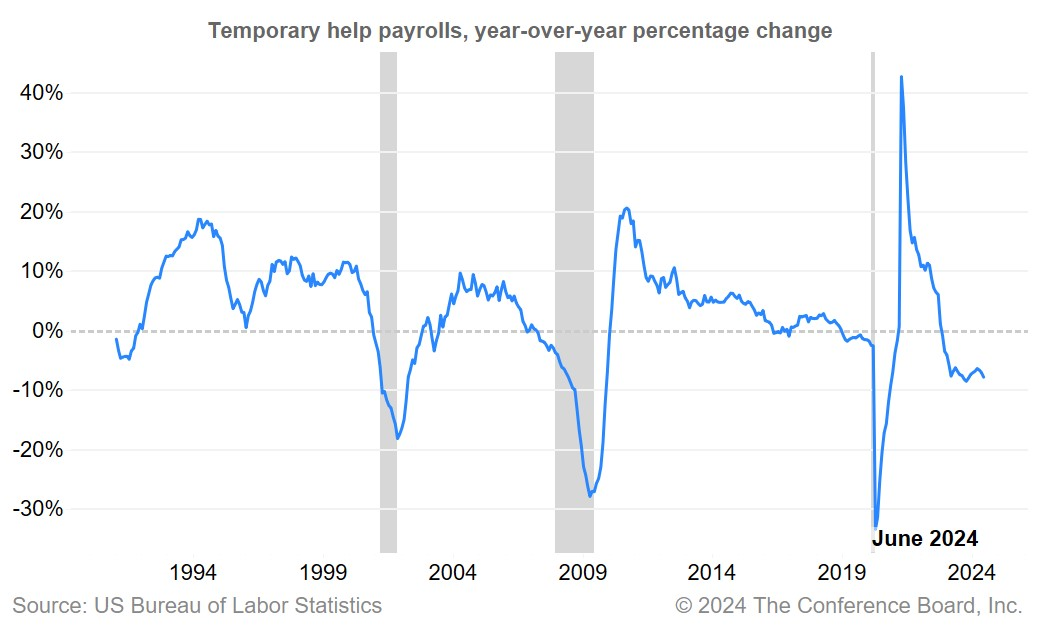
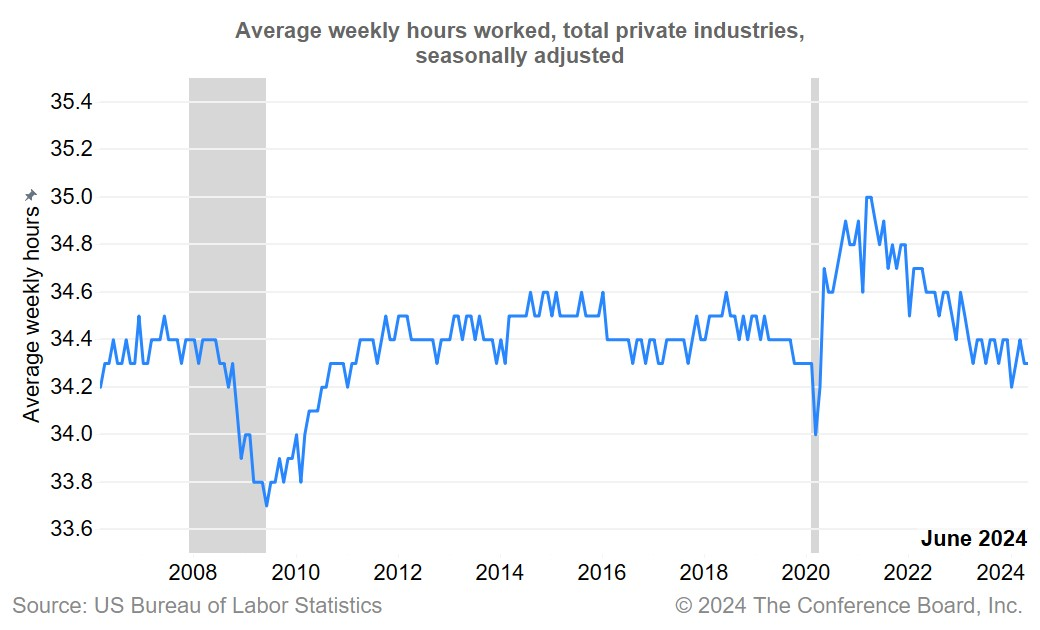
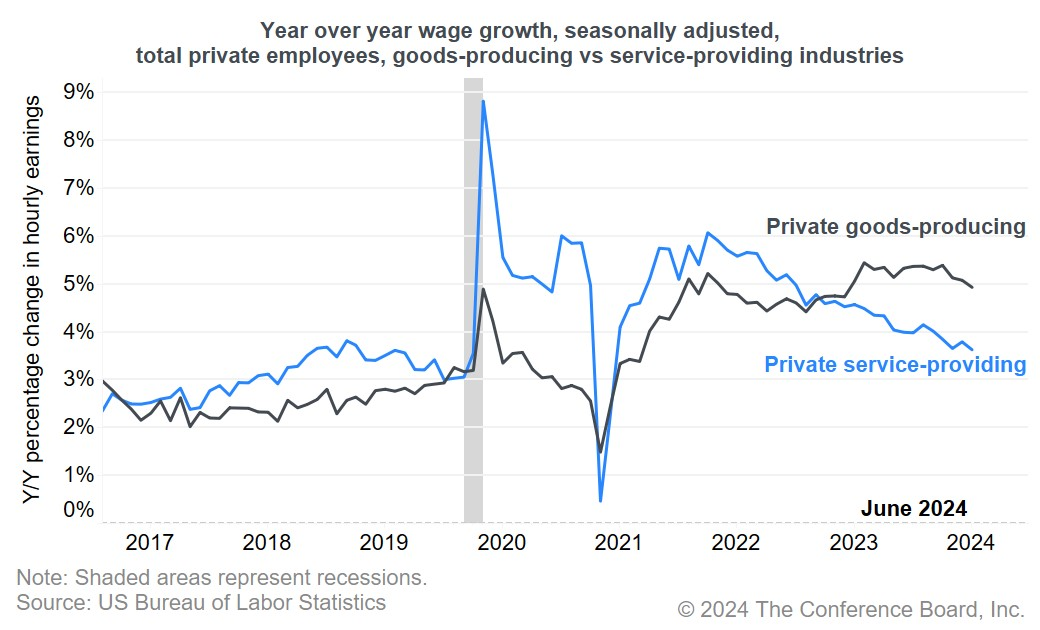
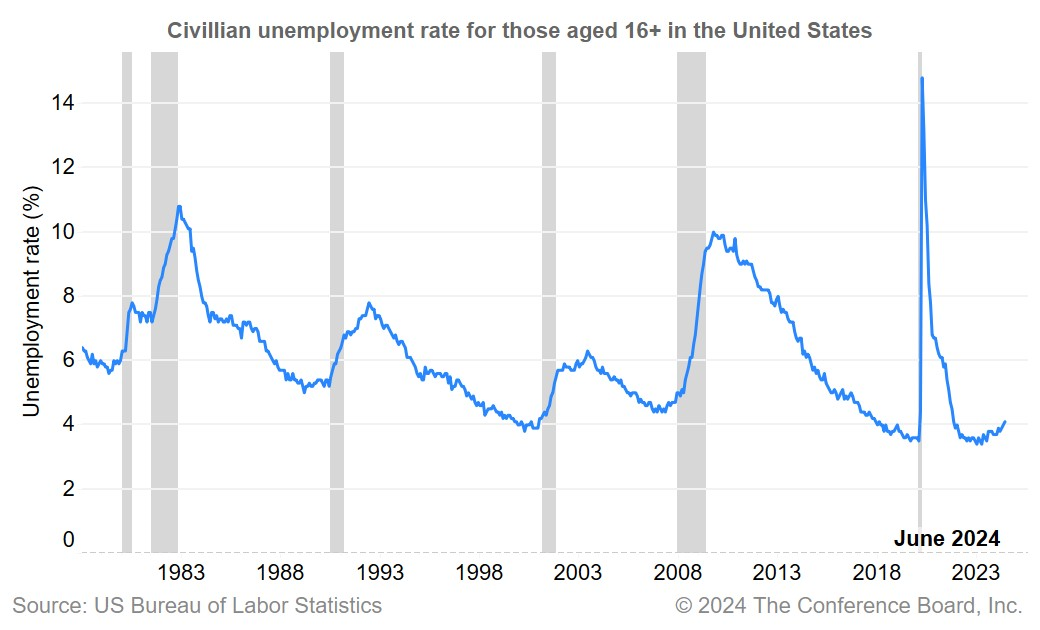
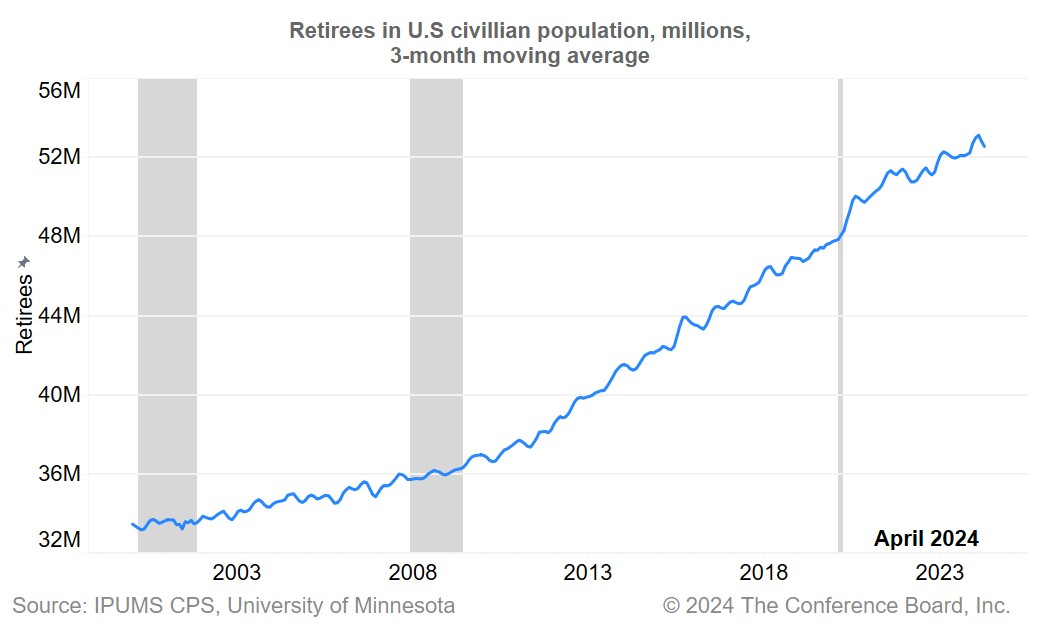
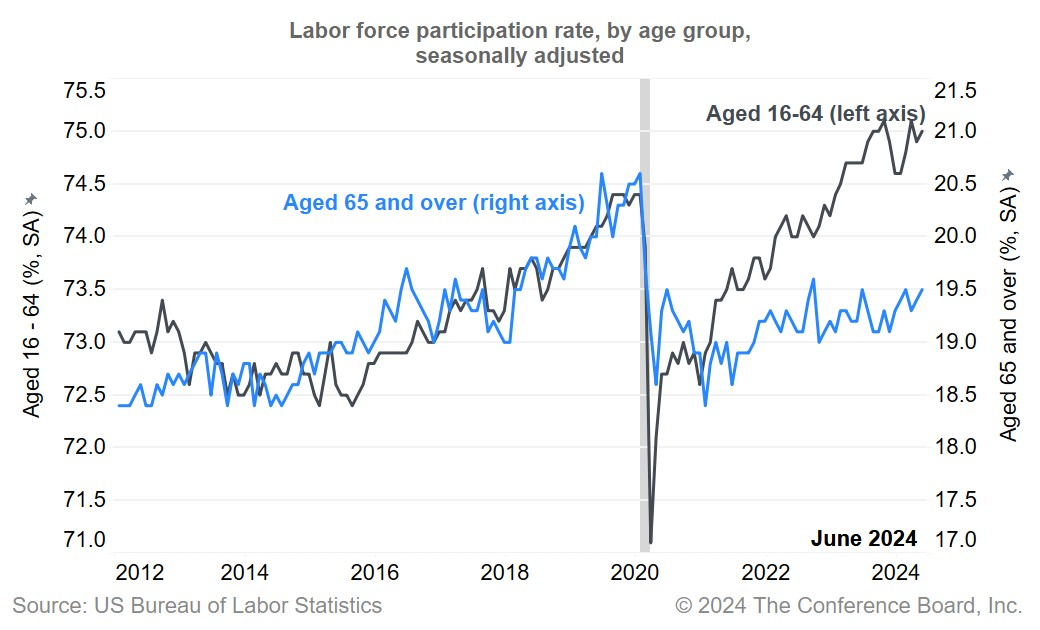
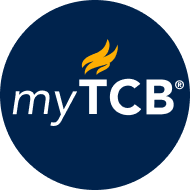
myTCB® Members get exclusive access to webcasts, publications, data and analysis, plus discounts to events.
Rising Unemployment Augurs More Rate Cuts in 2026
December 16, 2025
Rising Unemployment to Dwarf Solid Payrolls in December FOMC Decision
November 20, 2025
BLS Revises 2024 Hiring, But Not the Labor Market Narrative
September 10, 2025
Will Weak Payrolls Push the Fed to Cut this Month?
September 05, 2025
July’s Multi-Faceted Labor Market Complicates Fed Path
August 01, 2025
